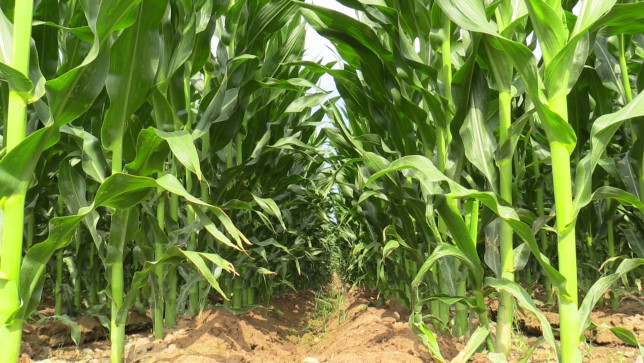Monsanto’s GM maize is no longer profitable or attractive for a good proportion of Spanish farmers, says a report for the Spanish news outlet Economia Digital.

Source: www.gmwatch.org
Engineered to resist the corn borer pest, the crop has suffered a series of setbacks in Spanish fields.
Producers have abandoned the crop because its profitability is much lower than non-GM maize. The GM seed is more expensive than non-GM and the market penalizes GM crops with a lower price – usually 25% lower.
“It’s a clear trend. The producers of the area, one of the largest with more than 700 hectares, have stopped growing GM maize. They have realized that after several harvests, production is much less profitable,” explains Juanjo Mayén, a farmer from Binéfar in Huesca, Aragon.
GM maize plants contain Bt, an insecticide that kills the worms that eat them. Farmers are convinced that GM maize eventually hurts yields. Cooperative members from Huesca claim to have conducted field studies that show lower productivity in the medium term.
Monsanto refused to answer questions from Economia Digital about farmers’ rejection of GM maize.
The company insists that GMOs are an effective way to combat hunger in the world but local producers consulted by Economia Digital refute this theory. “Transgenic seeds have reduced and in some cases eliminated local food crop species,” explains Juan Carlos Simon, an Aragon-based farmer.
A report by the Government of Aragon published in 2014 says that in the latest harvests in the region, attacks by the corn borer have decreased, which has allowed non-GM crops to be more efficient than GM, in economic terms.
The Coordinator of Farmers and Livestock Farmers’ Associations (COAG) and Friends of the Earth have applied to the autonomous communities to ban GM maize as long as its wild relative, teosinte, is not eradicated.
Environmentalists fear that teosinte is spreading uncontrollably and that it has already been contaminated by GM maize. To combat this problem, they are asking that Monsanto’s GM maize is not grown for several harvests.


















